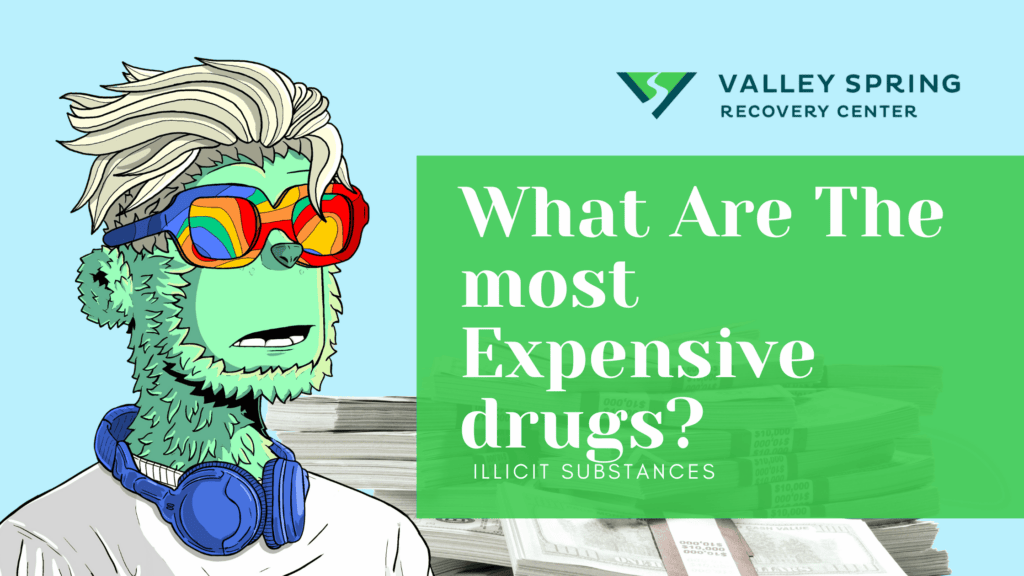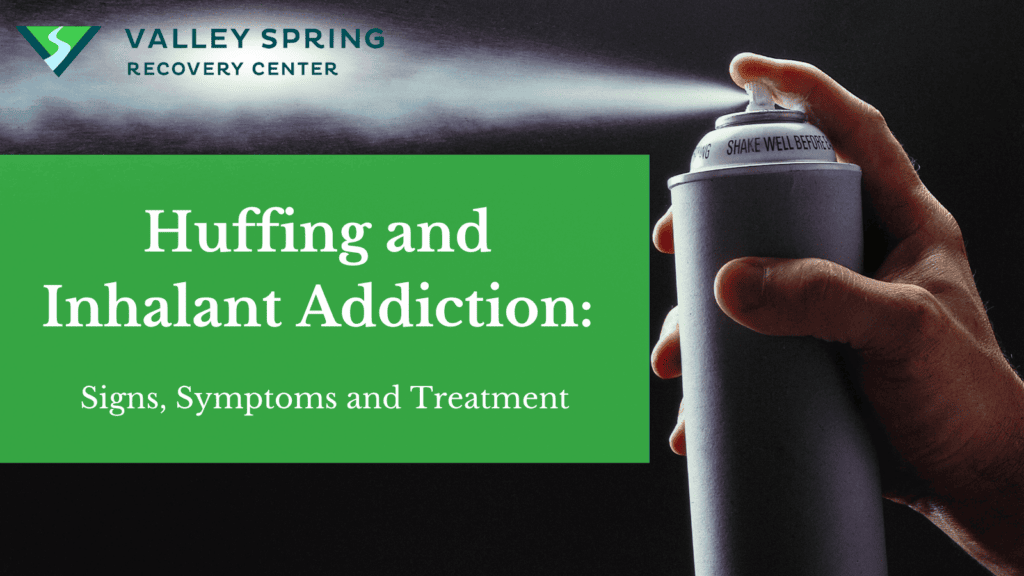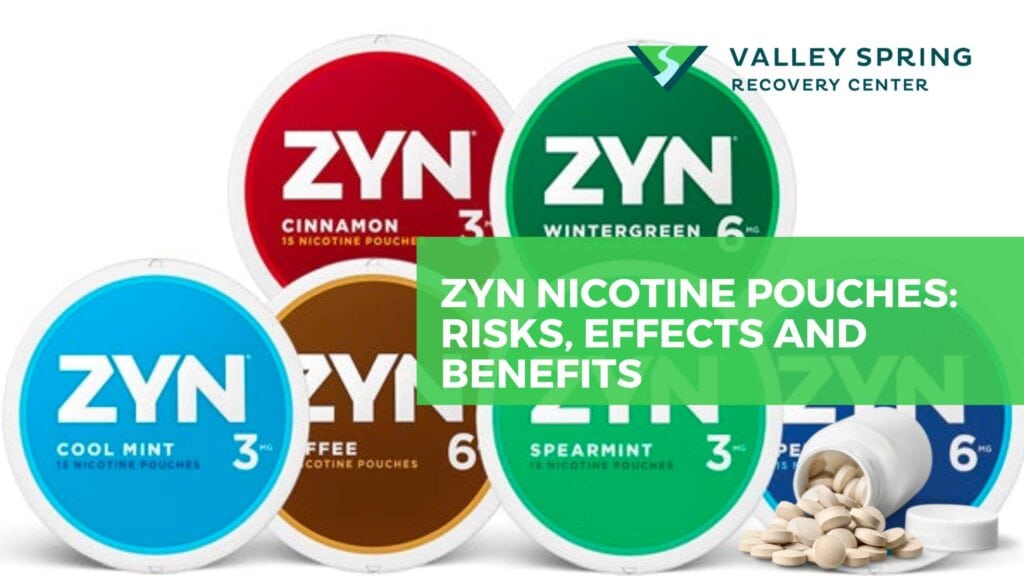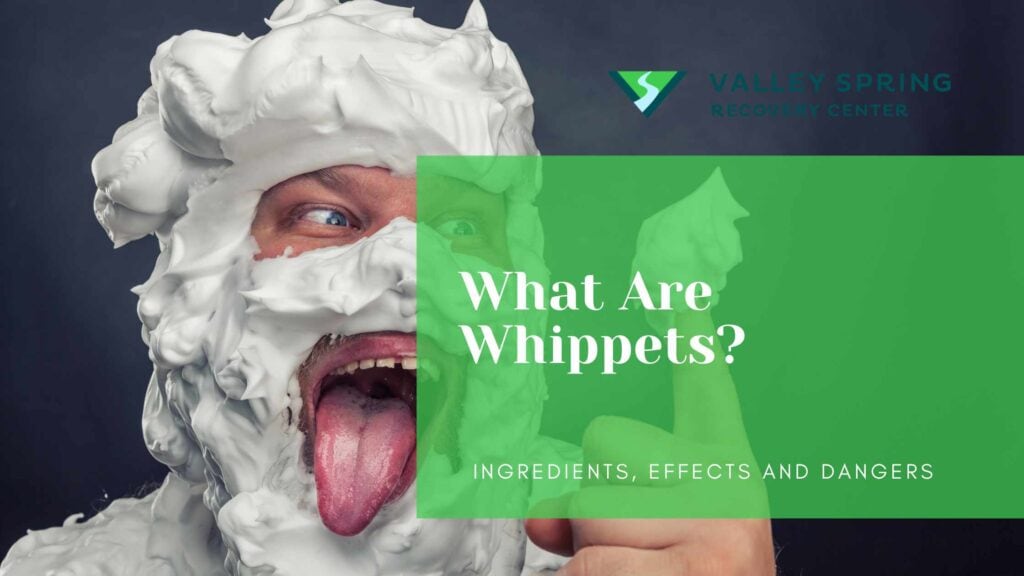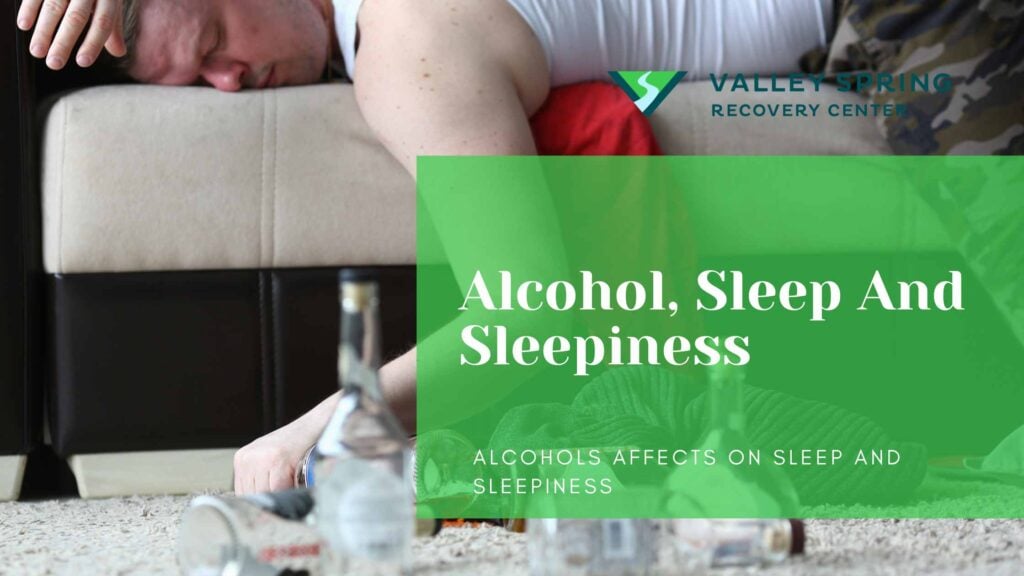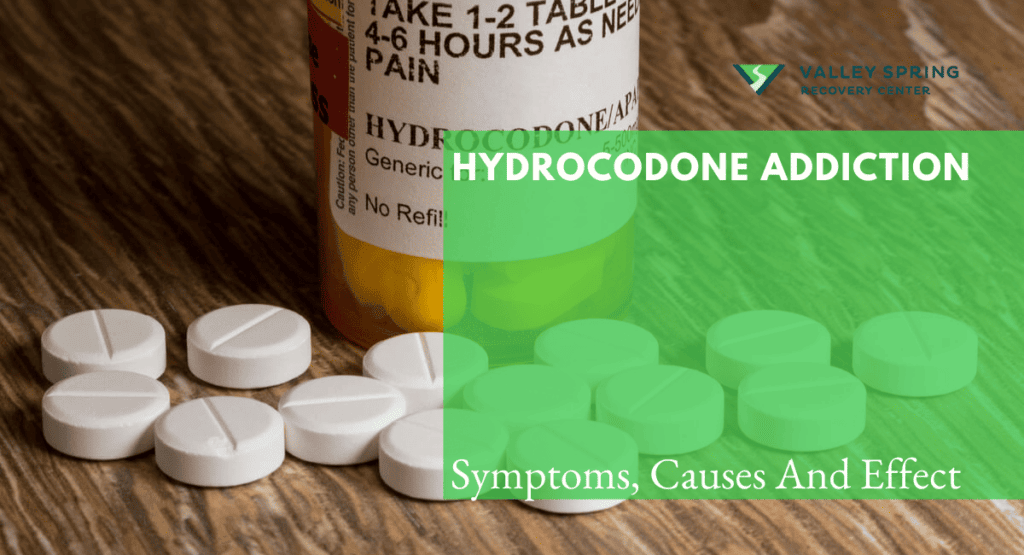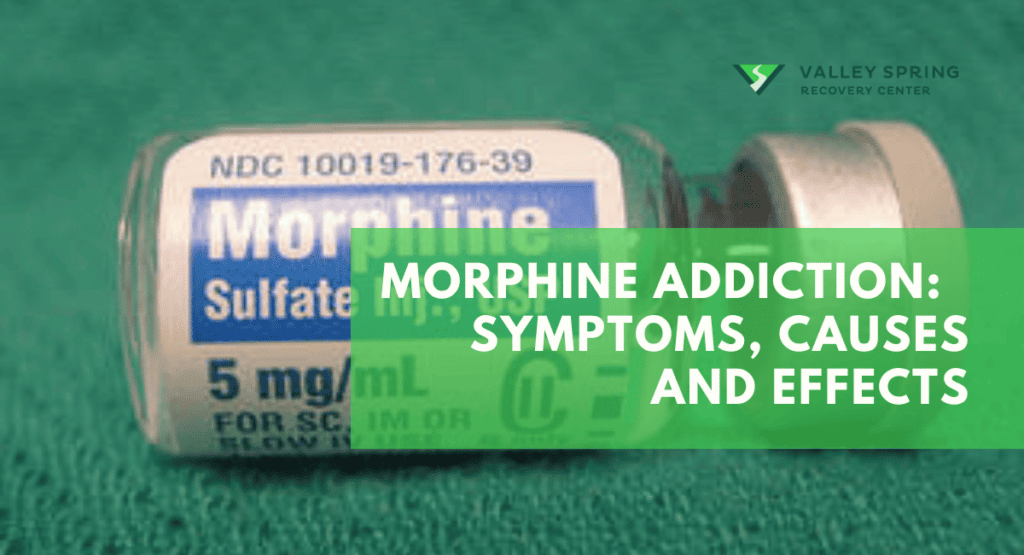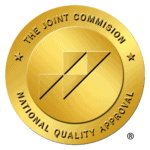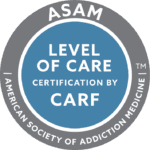The illegal drug trade is not only a complex and lucrative market but also a significant public health and economic concern. The United Nations Office on Drugs and Crime estimates its global value to be between $426-$652 billion, reflecting the immense scale and impact of this shadow economy. In the United States alone, Americans spend nearly $150 billion annually on illegal drugs such as cocaine, heroin, and methamphetamine, highlighting the substantial domestic black market for these substances according to the IMS Institute for Healthcare Informatics and a 2016 RAND Corporation report.
The high price of illegal drugs like cocaine, heroin, and MDMA is significantly influenced by the complexity of their production processes and the high risks involved in their distribution. For instance, the intricate and often dangerous methods required to produce and traffic these drugs contribute to their steep prices. Quality and purity also play crucial roles in determining cost, making these substances more accessible to specific demographics while exacerbating issues of accessibility and addiction.
The economic implications of the illegal drug trade extend far beyond the purchase price of these substances. Law enforcement agencies in the U.S. allocate considerable resources to combat drug trafficking, while the healthcare system struggles with the downstream costs associated with drug abuse. According to the RAND Corporation’s report, individuals in the United States spent about $150 billion on cocaine, heroin, marijuana, and methamphetamine in 2016 alone, with significant expenditures also directed towards prescription drugs and legal substances like tobacco and alcohol.
Moreover, the illegal drug trade’s high prices raise profound ethical and moral concerns, from the exploitative labor involved in production to the substantial risks faced by users, including health hazards and legal repercussions. The societal impact of drug addiction—underscored by over 68,000 drug overdose deaths in 2018, more than 47,000 of which involved opioids—reveals the deep and multifaceted costs that extend well beyond financial aspects.
Factors such as supply and demand, purity, and the risks associated with criminal activity further influence the cost of illegal drugs, underscoring the need for comprehensive strategies to address the global challenge of drug trafficking and addiction. This includes not only enforcement and public health measures but also efforts to understand and mitigate the demand for these substances, providing support and treatment for those affected by addiction.
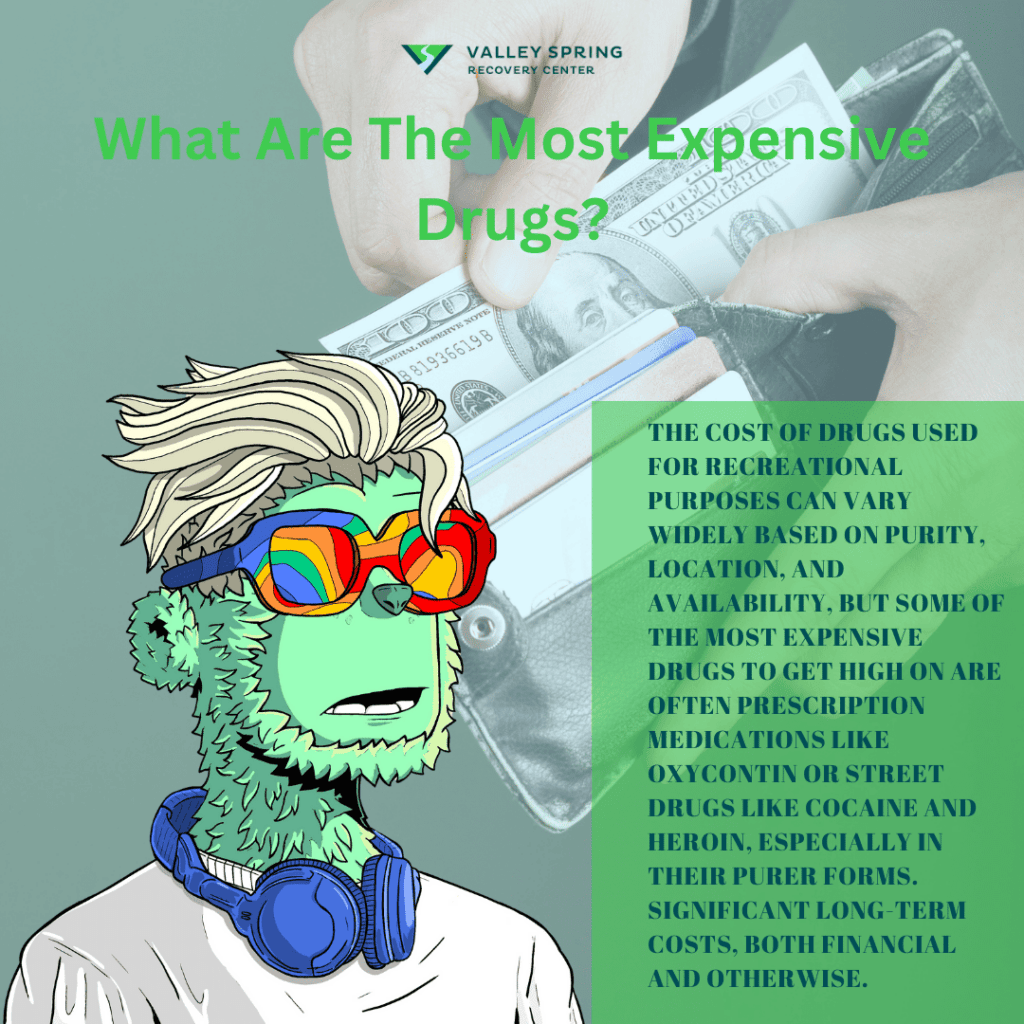
1. Cocaine
Cocaine is a highly sought-after illegal drug due to its powerfully addictive stimulant properties, which directly impact the brain. It was labeled as the drug of the 1980s and ‘90s due to its extensive use and prevalence during that time, including the widespread use of crack cocaine. The high price of cocaine can be attributed to several factors, such as:
The economic cost of addiction
The impact on quality of life for those addicted
Crime and criminal justice costs
The involvement of drug trafficking organizations in production and distribution.
Cocaine has been proven to be extremely addictive. Not only that, but it can also do significant damage to various internal organs like the nose, throat, heart, gastrointestinal tract and lungs. According to the United Nations 2023 Global Report on Cocaine, use is on the rise and the number of cocaine users is increasing faster than the population, the increased demand has also led to increased costs.
2. Heroin
Heroin, a highly addictive and illegal opioid drug derived from morphine, is used for its euphoric effects. The high price of heroin can be attributed to its addictive nature and the dangers associated with its use. The risk of overdose is significant, as is the potential for transmission of serious illnesses such as HIV/AIDS or hepatitis.
The average cost of heroin per gram can vary depending on factors including:
Location
Purity
Quantity
Availability
However, the average U.S. price of 0.1 gram of heroin is approximately $15 to $20.
In addition to the high price of the drug itself, the financial toll of heroin addiction can be staggering. The cost of using heroin at a rate of 10 times a day for 5 years is astronomical. It amounts to an estimated $318,500. These costs demonstrate the severity of heroin addiction and the importance of recognizing and addressing the issue.
The illegal misuse of prescription opiates, such as Oxycodone, Percocet, and Vicodin, act as a substitute for heroin and are alarmingly prevalent, with over 4.3 million Americans engaging in illegal use according to the Substance Abuse and Mental Health Services Administration (SAMHSA). These drugs, which mimic heroin’s effects, represent a slippery slope towards heroin addiction. Annually, health insurance firms shell out up to $72.5 billion on these prescriptions, many of which divert to the black market. The societal toll of prescription opiate misuse encompasses not just healthcare costs but also accidents, criminal activities, and incarceration rates comparable to those for illicit drugs like heroin and cocaine.
3. Methamphetamine
Methamphetamine is a highly addictive and destructive drug, with its production and distribution contributing to its high cost. The high price of methamphetamine can be attributed to several factors, such as:
The economic cost of addiction
The impact on quality of life for those addicted
Crime and criminal justice costs
The involvement of drug trafficking organizations in production and distribution
A typical methamphetamine addict can spend an average of $80 per gram or $200 per eight-ball (3.5 grams) on their habit.
The use of methamphetamine can have severe and long-lasting effects on the body and mind. Chronic users may experience a range of physical and mental health issues, including:
Dental problems
Skin sores
Memory loss
Severe mood disturbances
These health issues can further contribute to the high cost of methamphetamine addiction.
4. Ecstasy (MDMA)
Ecstasy, or MDMA, is a synthetic drug with a high price tag due to its popularity and the risks involved in its production. It is commonly used as a recreational drug for its euphoric effects and ability to enhance sensory perception. The production process of MDMA can be complex and expensive, contributing to its high cost. The potential health risks associated with ecstasy use, such as dehydration, hyperthermia, and electrolyte imbalances, also contribute to its high price.
The dangers of ecstasy use are not limited to physical health risks. The drug has been associated with a range of psychological issues, including anxiety, depression, and even psychosis. These risks further add to the high cost of ecstasy, highlighting the importance of understanding the potential consequences of using this drug.
5. LSD
LSD, or lysergic acid diethylamide, is a powerful hallucinogen with a high price due to its potency and the challenges associated with its production. It is a colorless and odorless psychoactive drug that is typically ingested orally and is often found on absorbent paper.
The production process of LSD involves:
Synthesizing lysergic acid diethylamide from precursors such as ergotamine or ergometrine tartrate
This process requires a thorough understanding of chemistry
It is usually conducted in clandestine laboratories.
The effects of LSD can be intense and long-lasting, with users experiencing altered perceptions of reality and distorted sensory experiences. The drug’s potency, combined with the risks associated with its production and use, contribute to its high price. It is important to recognize the potential dangers of using LSD and to consider the financial and health costs associated with its use.
What Are The Most Expensive Legal Drugs?
The most expensive legal drugs are tobacco, alcohol, and prescription painkillers.
- Tobacco stands as the most financially draining substance in the United States. According to the National Institute on Drug Abuse (NIDA), the annual cost of tobacco use to Americans is an astounding $295 billion, with healthcare expenditures alone accounting for $130 billion. Beyond the financial toll, there are significant health risks involved. Inhaling tobacco smoke or using chewing tobacco can lead to respiratory conditions like emphysema and chronic bronchitis, as well as heart issues, strokes, and oral cancers. If you think e-cigarettes or vaporizers are safer alternatives, recent research suggests otherwise, indicating that they too come with serious health risks. Despite the known dangers, tobacco companies allocate nearly $25 million per day on promotional activities to attract new and younger consumers.
- Alcohol ranks as the second most expensive substance in the U.S., largely due to its legal status and widespread availability. Engaging in binge drinking—defined as consuming more than 4 or 5 drinks in a single session—elevates the risks of various health issues, absenteeism from work, criminal activities, injuries, and vehicular accidents. The Centers for Disease Control and Prevention (CDC) estimate that the annual economic burden of excessive alcohol consumption in the U.S. is around $224 billion. The majority of this cost arises from lost productivity at work, followed by healthcare expenses.
- Prescription Painkillers are the third most expensive drug in the United States with health insurance companies allocating up to $72.5 billion on prescription opioids annually, a significant portion of which ends up in illegal resale (Coalition Against Insurance Fraud, 2007). The Substance Abuse and Mental Health Services Administration (SAMHSA) reported over 4.3 million Americans misuse prescription opioid pain relievers like Oxycodone, Percocet, and Vicodin. Alarmingly, these drugs yield effects akin to heroin, thereby setting users on a perilous trajectory toward heroin abuse. Health insurance companies annually allocate up to $72.5 billion on prescription opioids, a significant portion of which ends up in illegal resale (Coalition Against Insurance Fraud, 2007). The hidden costs extend to accidents, health complications, and criminal activities. Notably, incarceration rates linked to prescription drug misuse are comparable to those associated with illicit substances like heroin and cocaine.
What Factors Influence The Cost Of Illicit Substances?
The cost of narcotics is a complex matter, determined by a variety of factors such as supply and demand, purity and quality, and the risk associated with criminal activity all play a significant role in the prices of illicit substances.
The determining factors for drug costs are listed below:
1. Supply and demand
Scarcity is a primary driver of the cost of illegal drugs. When a drug is in short supply, its price tends to increase due to the basic economic principle of supply and demand. The history of drug use has also shaped the market for illegal substances, including street drugs. For instance, amphetamine use became prevalent in the 1920s, and by the 1950s, the practice of injecting amphetamines or stimulants like cocaine emerged. This historical context influences the current market and contributes to the costs associated with drug use today.
Fluctuations in the supply and demand dynamics significantly influence the market prices of illegal drugs, including cocaine prices. For example, the cost of cocaine in the early 1980s reached a peak of around $135 per gram. However, recent estimates indicate that the price has decreased to approximately $135 per gram, though obtaining accurate figures for drug prices remains a challenge due to the illicit nature of the market.
2. Purity and quality
The price of a drug is directly proportional to its purity and quality. Generally, higher quality and purity drugs are more costly than lower quality and impure drugs. This is because higher quality drugs are more potent, providing a stronger effect for users. Additionally, the production and refinement processes necessary to attain higher quality and purity drugs can be more expensive, resulting in a higher price in the market.
To measure drug purity, various analytical methods are employed, such as:
Chromatography
Spectroscopy
Titration
Optical rotation
These techniques help determine the quality of the drug, which in turn influences its cost. The relationship between purity and price is essential for drug users to understand, as it can impact the overall experience and potential risks associated with drug use.
3. Risk and criminal activity
The risks associated with producing, distributing, and selling illegal drugs are a significant factor in their high cost. The more dangerous it is to manufacture and distribute a drug, the higher its price will be to offset the risks taken by those involved in the drug trade. For example, the estimated annual cost of a severe heroin addiction ranges from $22,810 to $91,250. The average price of heroin in the US is $152 per gram, while the price of Meth can vary significantly, ranging from $3 to $500 per gram.
Drug addiction can also be risky for users, leading to potential health issues such as:
Bacterial infections
Blood poisoning
Skin infections
Collapsed veins
The potential to spread and contract HIV and hepatitis B or C
These health risks contribute to the high price of drugs, as users are paying not only for the substance itself but also for the potential consequences of their addiction, including medical costs.
4. Trafficking Routes
The drug trafficking routes and distribution of illegal substances are affected by global dynamics and can cause price increases on illegal drugs. For instance, the United Nations 2023 Global Cocaine Report referenced the Ukraine conflict and how it has started to cause a shift in worldwide drug trafficking routes, making it more expensive to get illegal drugs into North America.
What Is The Financial Toll of Drug Use In The United States?
Annually, nearly $100 billion is directed towards illegal drugs like cocaine, heroin, and methamphetamine. This figure is separate from the considerable $374 billion spent on prescription medications each year, as reported by the IMS Institute for Healthcare Informatics. Furthermore, substantial expenditures on legal substances such as tobacco and alcohol also contribute to the overall financial impact of substance use in the United States.
The financial toll of drug use in the United States extends beyond the price of the drugs themselves. Direct costs, such as the cost of the drugs and any associated paraphernalia, are only part of the equation. Indirect costs, like healthcare expenses, lost productivity, and the impact on families and communities, further contribute to the financial burden of addiction.
The issue of substance use and drug policy remains a focal point nationally, underscored by provisional data from the Centers for Disease Control and Prevention, which suggest drug overdose deaths in 2018 surpassed 68,000, with opioids involved in over 47,000 of these cases. While opioids garner significant attention, fatalities involving methamphetamine and cocaine are also escalating. Additionally, over a quarter of the U.S. population resides in states with laws permitting for-profit firms to sell marijuana for nonmedical use to adults over 21.
To grasp the dynamics of drug use and policy shifts, it’s critical to analyze market trends for these substances. A report by the RAND Corporation for the Office of National Drug Control Policy provides insights into the scale of the drug markets in the United States from 2006 to 2016, focusing on cocaine, heroin, marijuana, and methamphetamine. In 2016, expenditures on these drugs approximated $150 billion, with the marijuana market rivaling the combined size of the cocaine and methamphetamine markets, and the retail heroin market nearing the scale of the marijuana market.
Cocaine use saw a significant decline from 2006 to 2010, the decrease slowed by 2015. Heroin use surged by 10 percent annually from 2010 to 2016, partly due to fentanyl’s infiltration into the heroin market, heightening usage risks. Marijuana usage increased nearly 30 percent from 2010 to 2016, with spending on marijuana escalating by 24 percent during the same period. Methamphetamine data, albeit uncertain, indicate a steady increase in seizures and usage within the United States from 2007 to 2016, pointing to a growing concern in methamphetamine markets.
Marijuana legalization at the state level has added additional dynamics to the cost and financial impact of substance use in the United States because increased marijuana use is also associated with increased cocaine use as stated in the United Nations 2023 Global Cocaine Report.
What Are The Indirect costs Of Drug use?
The indirect costs of addiction can be significant and far-reaching, encompassing healthcare expenses, lost productivity, and other social costs. For instance, healthcare costs from emergency department and inpatient visits related to illicit drug use are estimated at $6.4 billion. The economic impact of substance misuse is estimated to be $193 billion for illicit drug use. These costs can place a significant burden on families and communities, as well as on the healthcare system.
Drug addiction can also impact work productivity, resulting in:
Poorer work performance
Increased absenteeism
Presenteeism (being physically present but not fully functioning)
Higher rates of physical injuries and fatalities
These factors can have a negative effect on overall productivity and incur additional costs for businesses.
The financial impact of addiction extends far beyond the individual, affecting the broader community and society as a whole.
How Much Do Synthetic Drugs Cost?
Synthetic drugs, such as synthetic marijuana, synthetic cannabinoids and cathinones, as well as fentanyl and its analogs, can be costly due to their potency and the risks associated with their production and use.
Next, we’ll investigate the costs of these synthetic drugs and uncover the reasons for their steep prices.
Synthetic cannabinoids (Spice, K2)
Synthetic cannabinoids, like Spice and K2, are dangerous and can have severe health consequences. These drugs are designed to imitate the effects of THC, the active component in marijuana, but their potency and effects can be unpredictable, leading to a range of adverse health outcomes. Some of the potential health risks associated with synthetic cannabinoids include:
Severe agitation and anxiety
Hallucinations and delusions
Rapid heart rate and high blood pressure
Nausea and vomiting
Kidney damage
Seizures
Respiratory problems
The production process of synthetic cannabinoids can be complex and expensive, contributing to their high cost.
In addition to their potency, synthetic cannabinoids can have severe and life-threatening side effects. Serious side effects different from those of marijuana have been reported, such as severe bleeding, possible death, and mind-altering effects. Furthermore, synthetic cannabinoids can cause addiction and withdrawal symptoms. It is crucial to understand that synthetic cannabinoids are not the same as natural marijuana and can have unpredictable and dangerous consequences.
Synthetic cathinone (Bath salts)
Synthetic cathinone, or bath salts, are powerful stimulants with a high price tag due to their potency and the risks associated with their use. These drugs are designed to replicate the effects of drugs such as cocaine, methamphetamine, and MDMA (ecstasy). The production process of synthetic cathinones can be complex and expensive, contributing to their high cost.
The use of synthetic cathinones can result in psychosis, agitation, violence, hallucinations, and even death. Furthermore, these substances can raise heart rate, body temperature, and blood pressure, putting users in danger of cardiovascular complications.
The high cost of synthetic cathinones is closely linked to their potency and the potential risks associated with their use.
Fentanyl and its analogs
Fentanyl and its analogs are potent synthetic opioids with a high cost due to their extreme potency and the dangers associated with their production and use. Fentanyl is approximately 50 to 100 times more potent than morphine and 50 times more potent than heroin. The production process of fentanyl and its analogs involves the use of precursor chemicals obtained from malicious sources, adding to the cost of these drugs.
The extreme potency of fentanyl and its analogs makes them particularly dangerous. Even small amounts of these drugs can be lethal, leading to a high risk of overdose and death.
The high cost of fentanyl and its analogs is a reflection of their potency, as well as the risks associated with their production and use.
How Costly is Prescription Drug Abuse?
Prescription drug abuse can be costly, with opioid painkillers like M367, benzodiazepines, and stimulants like Adderall and Ritalin contributing to the financial burden. Next, we will delve into the financial implications of abusing these prescription drugs and the potential dangers associated with their misuse.
Opioid painkillers
Opioid painkillers, including prescription opioids, are expensive due to their addictive nature and the risks associated with their misuse. These drugs, such as:
codeine
fentanyl
oxycodone
oxymorphone
are commonly prescribed for pain relief but can be abused by those seeking a euphoric high or those who have become dependent on the drugs. The average cost of opioid painkillers on the black market can range from under a dollar to several dollars per pill, depending on the specific drug and location.
The addictive nature of opioid painkillers can lead to a cycle of addiction, tolerance, and withdrawal, resulting in higher drug prices and increased health risks. The misuse of these drugs can lead to severe health consequences, including overdose, respiratory depression, and even death. The high costs associated with opioid painkiller abuse highlight the importance of recognizing and addressing the issue.
Benzodiazepines
Benzodiazepines, like Valium and Xanax, can be costly due to their potential for abuse and the dangers associated with their misuse. These drugs are commonly prescribed to treat anxiety, insomnia, and other conditions but can be abused for their sedative and relaxing effects. The cost of benzodiazepines on the black market can vary depending on the specific drug and location, with some pills costing as little as $1.
The misuse of benzodiazepines can lead to a heightened risk of addiction, withdrawal symptoms, and impaired cognitive function. Additionally, the combination of benzodiazepines with other substances, such as alcohol or opioids, can result in dangerous interactions and increased health risks.
The high costs associated with benzodiazepine abuse emphasize the importance of addressing this issue and providing support and resources for those struggling with addiction.
Stimulants (Adderall, Ritalin)
Stimulants like Adderall and Ritalin, commonly prescribed for attention deficit hyperactivity disorder (ADHD), can be expensive due to their potential for abuse and the risks associated with their misuse. These drugs are central nervous system stimulants that can enhance focus, alertness, and energy levels. The street prices for Adderall and Ritalin can vary, with a single pill of Adderall costing around $15, while Ritalin is generally cheaper, with some pills costing as little as $1.
The misuse of stimulants like Adderall and Ritalin can lead to:
Addiction
Psychiatric symptoms
Polydrug abuse
Nonmedical use of stimulants
These medications should be closely monitored to avoid serious health consequences. The high costs associated with stimulant abuse underscore the importance of recognizing and addressing the issue, as well as providing support and resources for those struggling with addiction.
What Are The Prevention and Treatment Options For Drug Addiction?
Prevention and treatment options for drug addiction are crucial for those struggling with substance abuse. The significance of education and awareness campaigns, the availability of affordable treatment, and the role of harm reduction strategies in combating drug addiction are explained below:
Education and awareness campaigns
Education and awareness campaigns can play a vital role in preventing drug addiction by identifying individuals at risk, providing relevant information about the dangers of drug use, influencing attitudes and behaviors, and decreasing drug use through specialized programs. These campaigns include prevention programs for adolescents, community awareness initiatives, and support for individuals who use drugs. By raising awareness and providing accurate information, these campaigns can help prevent the initiation of drug use and promote healthier choices.
Some drug education and awareness campaigns have achieved positive outcomes, such as:
Campaigns providing information about the prevalence and potential harm of fentanyl and the risks of mixing drugs
Mass media campaigns that have been successful in areas like heart disease, cancer, HIV/AIDS prevention, and disease control through family planning
Alcohol and other drug education programs that promote responsible drinking behavior and educate people about the risks of certain drugs
These campaigns demonstrate the potential impact of education and awareness initiatives in addressing the issue of drug addiction.
Access to affordable treatment
Access to affordable treatment is essential for those dealing with addiction, as it can provide the necessary support and resources for recovery. There are several payment options for rehab, including:
Different types of insurance
Payment plans
Sliding scales of cost may be available depending on income and need
Government programs can also assist with the expense of addiction treatment, providing financial aid for rehabilitation and substance abuse treatment.
Cost-effective treatment options for drug addiction include:
Outpatient drug-free settings for substance disorders
Community-based interventions for schizophrenia
Evidence-based interventions for opioid use disorder
It is essential to consult with healthcare professionals to ascertain the most suitable and effective treatment options for individual needs.
Harm reduction strategies
Harm reduction strategies, such as needle exchange programs and supervised injection sites, can help minimize the risks associated with drug use and promote safer drug use practices. These strategies have been shown to reduce overdose mortality rates, decrease the spread of infectious diseases, lower public nuisance crimes, create a safe and sterile environment for drug use, and increase access to care for individuals with opioid use disorder.
By implementing harm reduction strategies, we can help mitigate the negative outcomes of drug use and support those struggling with addiction.
What are some cost-effective treatment options for drug addiction?
Cost-effective treatments for drug addiction include outpatient drug-free settings, community-based interventions, and evidence-based interventions. These offer a range of strategies to help individuals manage their addiction and find success in recovery.
What are the benefits of harm reduction strategies in addressing drug addiction?
Harm reduction strategies can help reduce the risks associated with drug use, promote safer practices, and provide support to individuals struggling with addiction, ultimately helping them lead healthier lives.
Do Addicts That Use The Most Expensive Drugs Require The Most Expensive Luxury Rehab To Recover?
The cost of the drug being abused doesn’t necessarily correlate with the expense of effective rehabilitation. While luxury rehab facilities may offer more amenities and a potentially more comfortable environment, the key factors in successful recovery are the quality of the treatment programs, the expertise of the medical and therapeutic staff, and the individual’s commitment to recovery. It’s essential to choose a rehab center based on the specific needs and circumstances of the individual, rather than the cost of the drugs they were using.
Are the most expensive drugs also the most common drugs?
The correlation between the most expensive drugs and their prevalence is nuanced. While some of the most financially burdensome substances, such as tobacco and alcohol, are indeed among the most commonly used due to their legal status and social acceptance, this doesn’t necessarily mean that all expensive drugs are common.
Ben Fisher
All author postsShare This Post

